The water treatment is purely biological-mechanical based on the model of nature.
The food pyramid in the bathroom with biological water treatment.
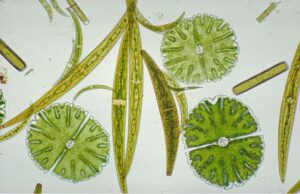 |
The water quality must be achieved through nutrient management in order to reach the planned trophic level using the natural food chain. The broad base of the food pyramid is made up of protozoa such as bacteria, algae and fungi. |
|
Zooplankton are the next link in the food chain. It is mainly small crustaceans that continuously filter and eat the algae and bacteria from the water. They are therefore an important element in the "hygiene performance", the elimination of pathogenic germs. Almost all potential pathogens do not arise in the water but are intestinal bacteria that are brought in by users or vertebrates. In the oxygen-rich water of a swimming pond, the intestinal bacteria cannot multiply and are quickly eliminated by the zooplankton. |
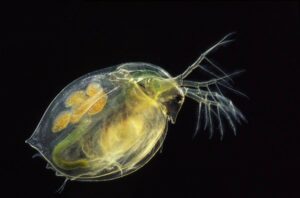 |
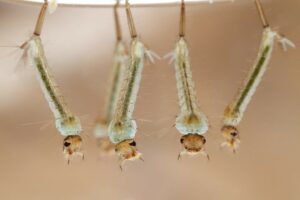 |
Mosquito larvae also eat plankton and detritus (decomposing organic matter). They breathe air on the surface and can therefore also thrive in oxygen-free and over-fertilized waters. However, they are easy prey for all predators and are immediately eaten away in nutrient-poor waters with established biology. They therefore do not appear in well-established swimming ponds and natural pools. |
|
In turn, the zooplankton are eaten by insects and their larvae, as well as newt larvae and small fish. Small, rapidly multiplying fish without other predators (e.g. invasive gambusia) can decimate the zooplankton to such an extent that it fails as a natural regulator of phytoplankton. This leads to strong proliferation of algae and green water. Therefore, no fish are used in the swimming pond or natural pool. |
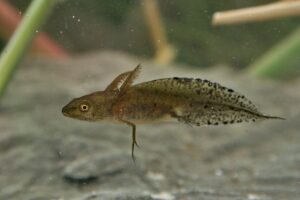 |
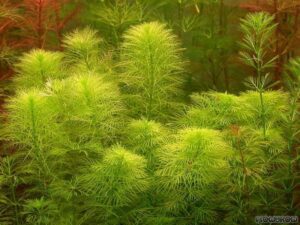 |
Underwater plants are in natural competition with the algae and play a prominent role in phosphorus fixation. Under favorable conditions, the plants dominate and prevent strong algae growth, under unfavorable conditions, the algae dominate. However, the underwater plants require a certain nutrient level in the mesotrophic to oligotrophic range, which is why they are used in category 1-3 swimming ponds. |
|
If optimal water transparency (natural pool, category 4-5) is the planning goal, biological fast filters are used. Biofilm, a divers community of microorganisms that take on the role of zooplankton and aquatic plants, grows on surfaces exposed to strong currents. Biofilm filters algae and bacteria out of the water and fixes the nutrients. The filters must be equipped with a rinsing device in order to be able to harvest the biofilm and thus remove the stored nutrients from the closed system of the natural pool. |
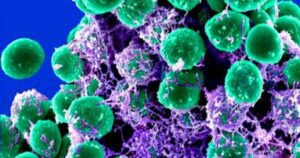 |
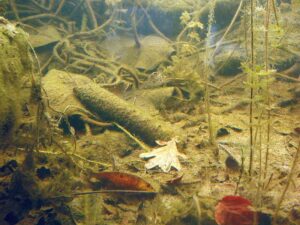 |
Leaves and pollen carried by the wind, as well as dead organisms, sink to the bottom and form an organic sediment there. This is decomposed and mineralized by other small creatures, whereby the bound nutrients are released again and get back into the water cycle. By sucking off the sediment, which is used as a natural fertilizer in the flower beds, large amounts of nutrients are withdrawn from the cycle. |
The water purification in a swimming pond and natural pool is based on purely mechanicalbiological purification and copies the mechanisms of nature.
With the help of the feeding chain and the continuous withdrawal of nutrients, healthy, “pure” water is achieved.
This is in absolute contrast to the chemical disinfection in the classic chlorine bath or in the hybrid pool.
